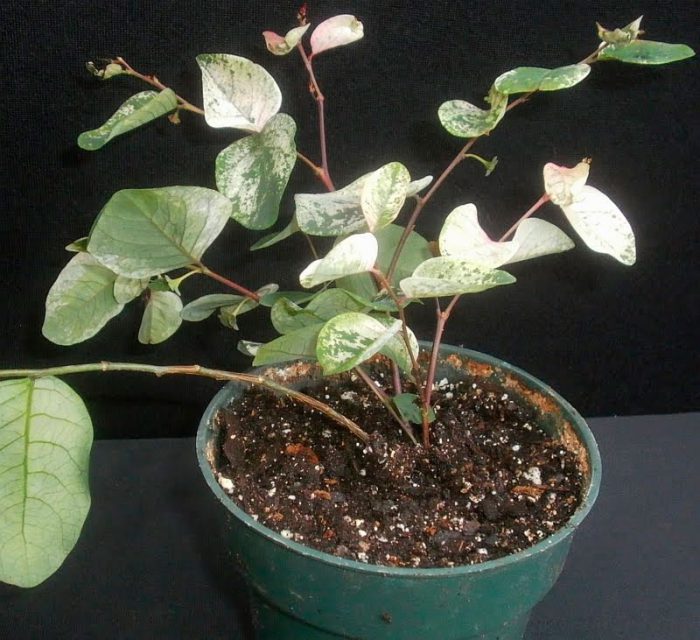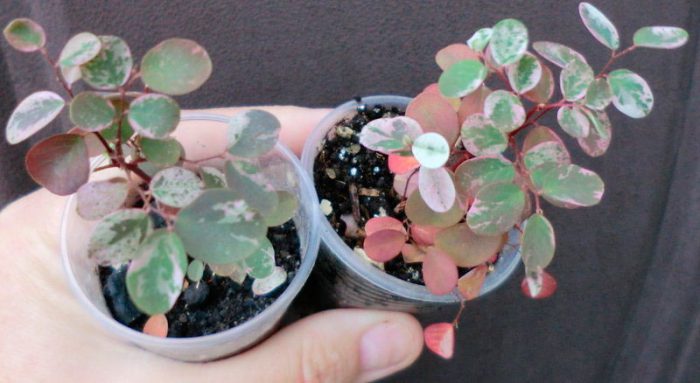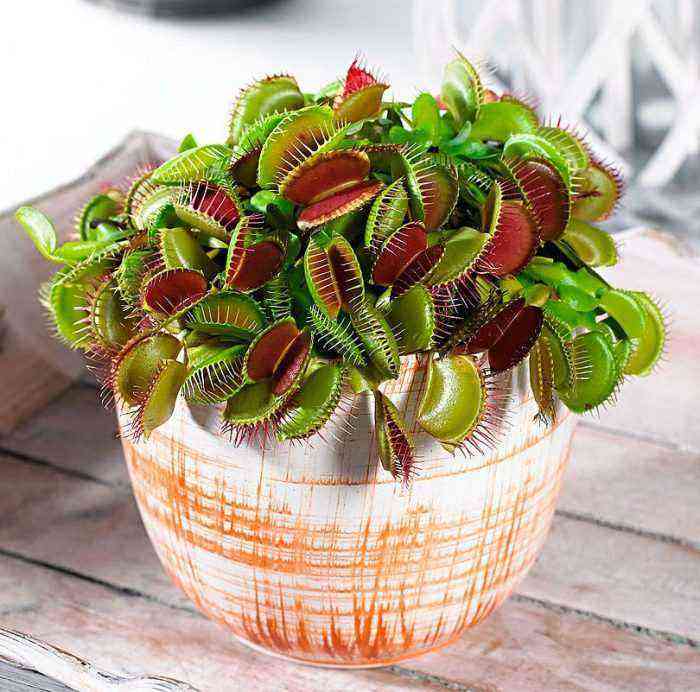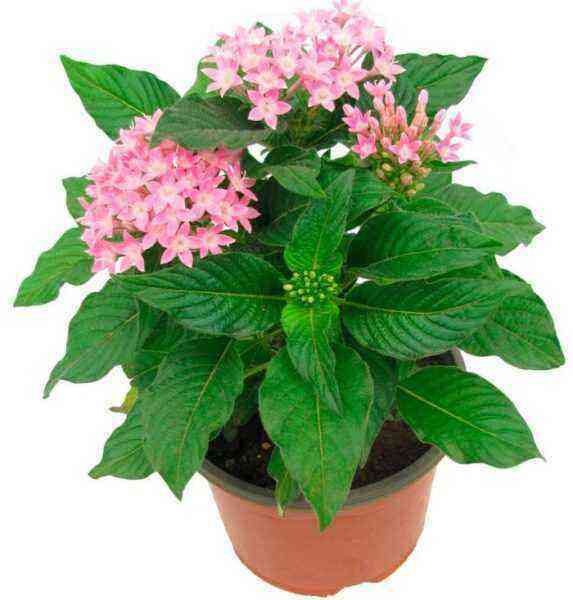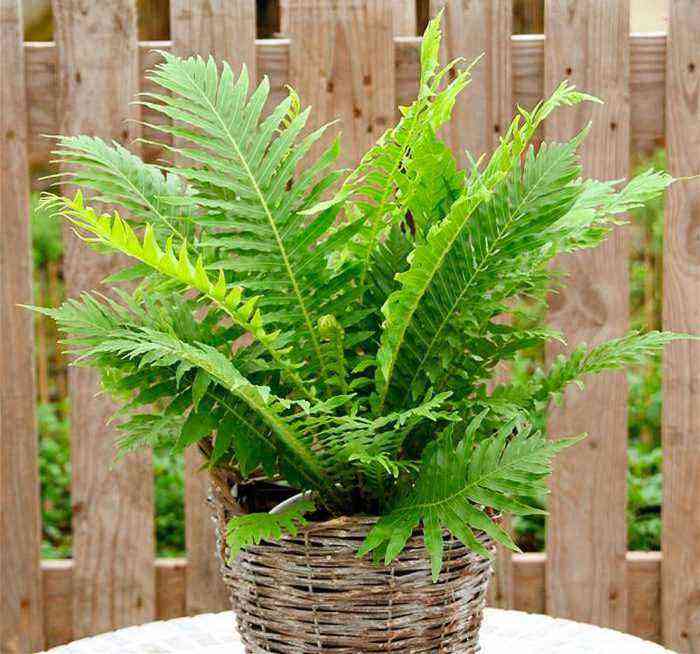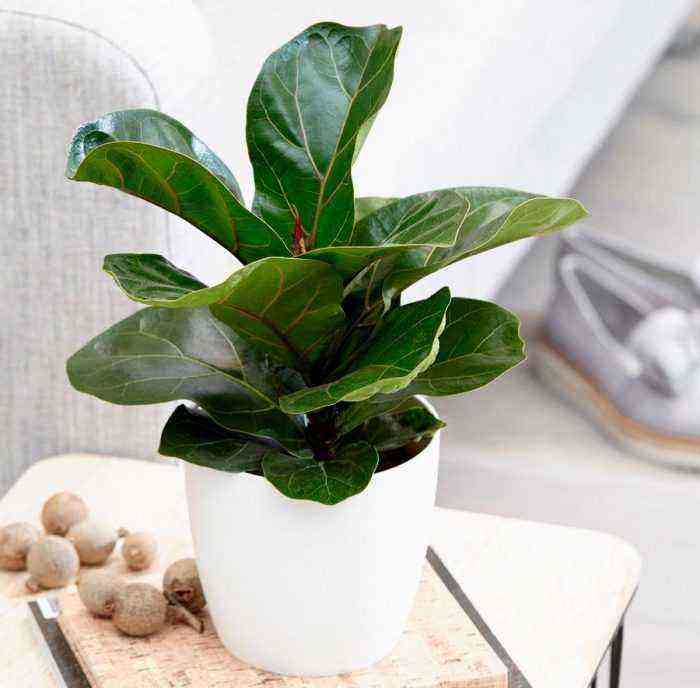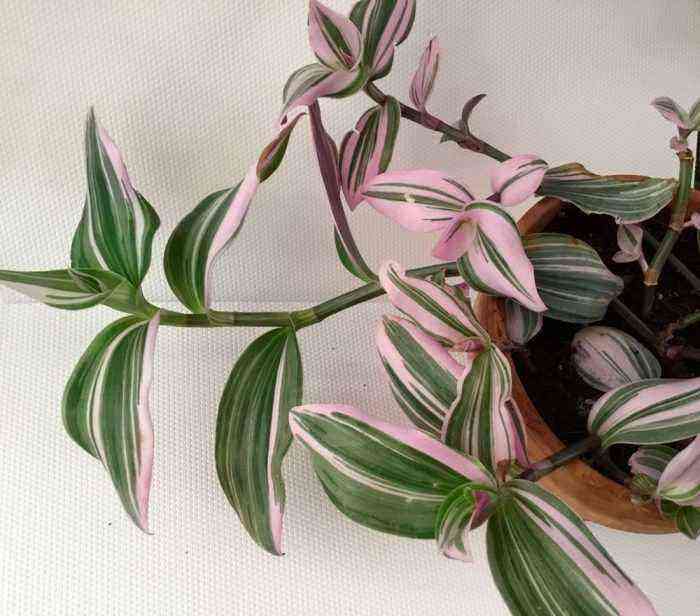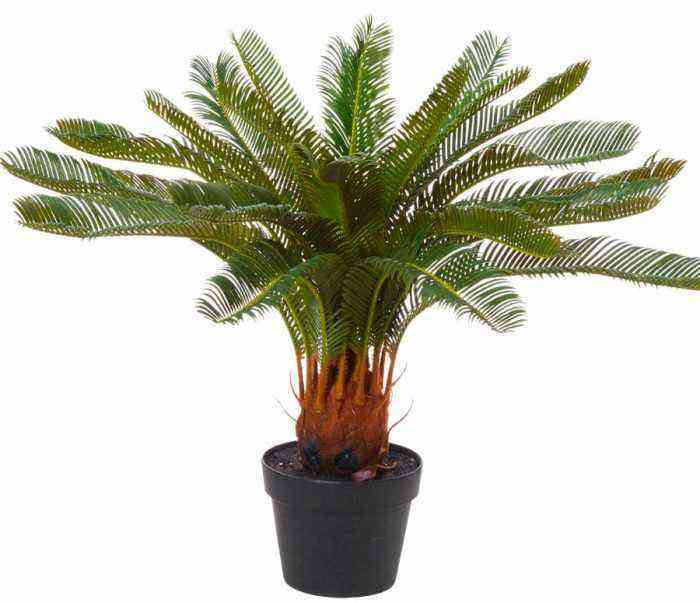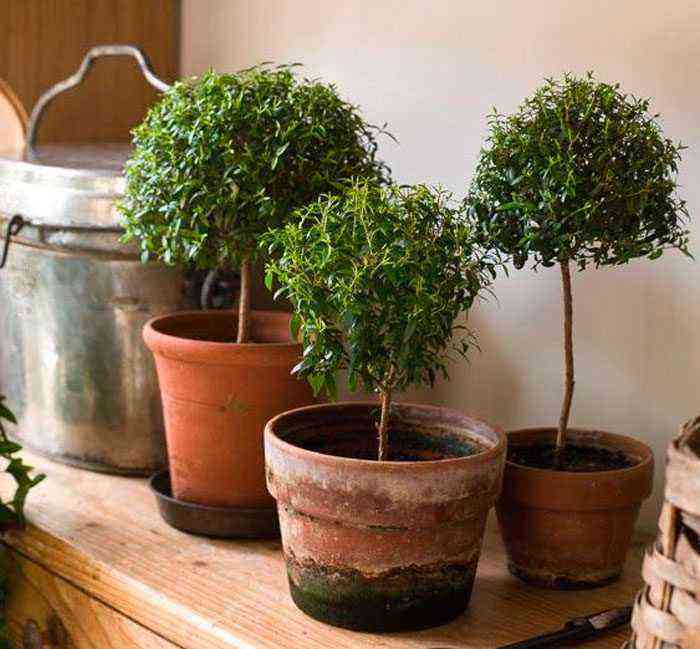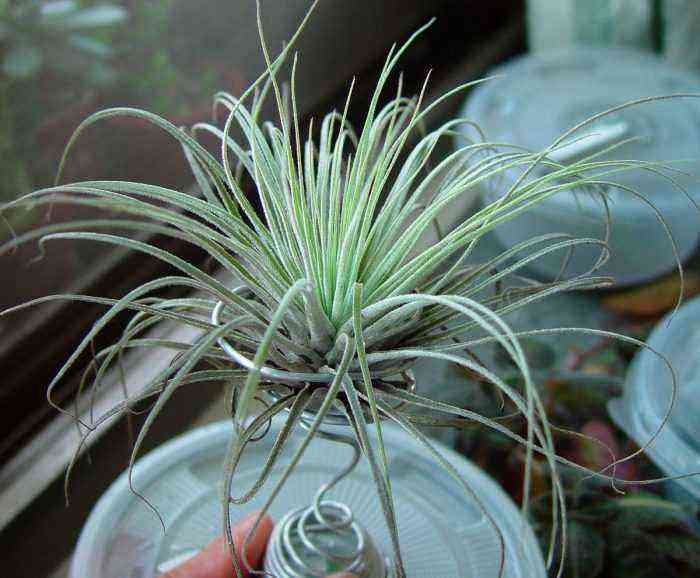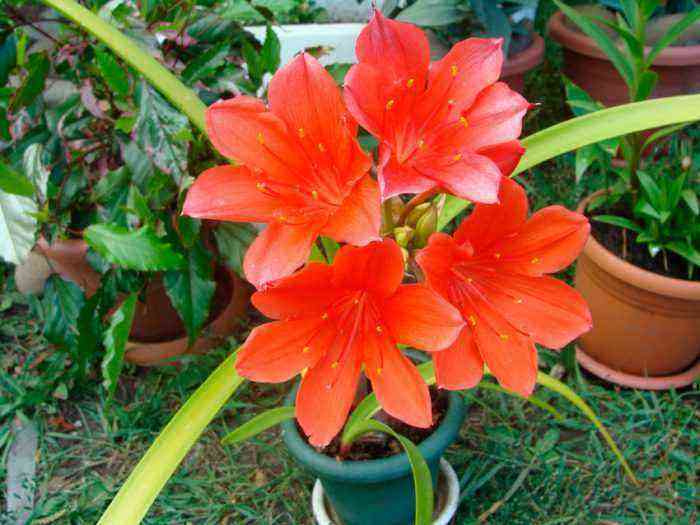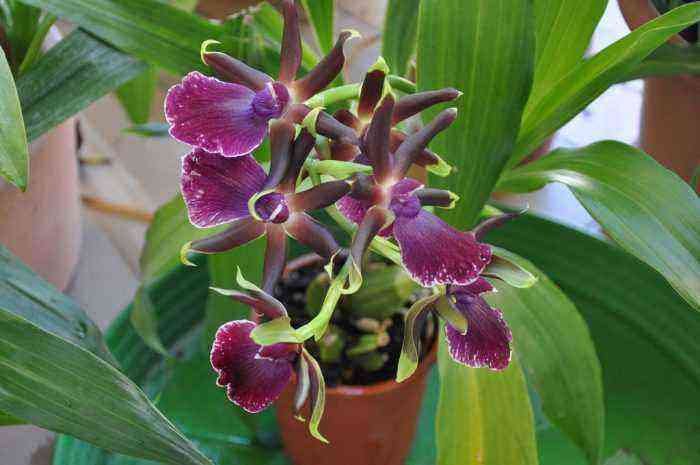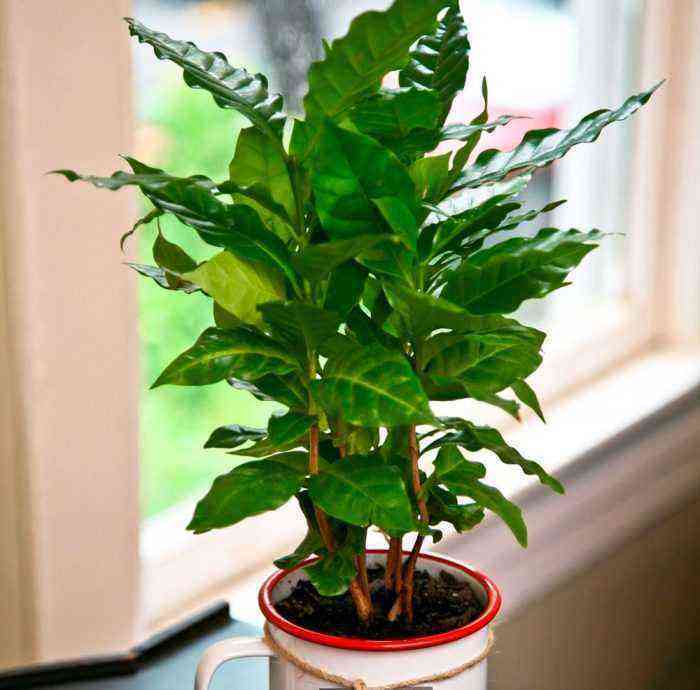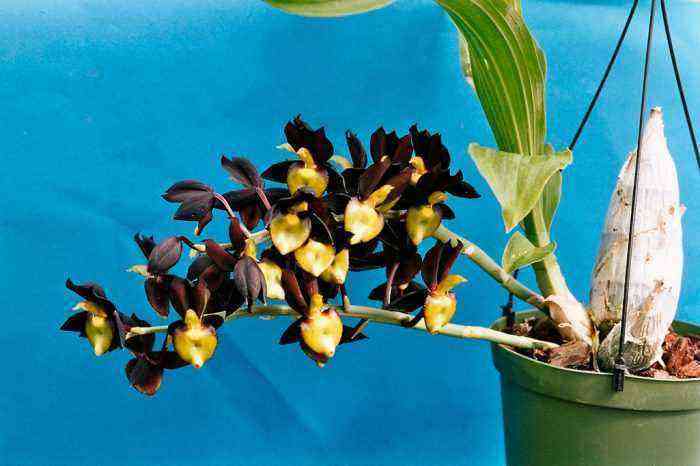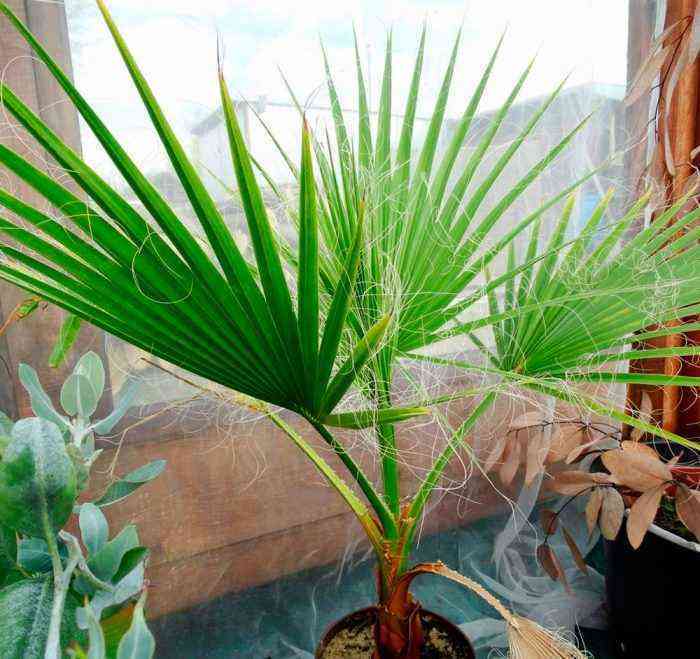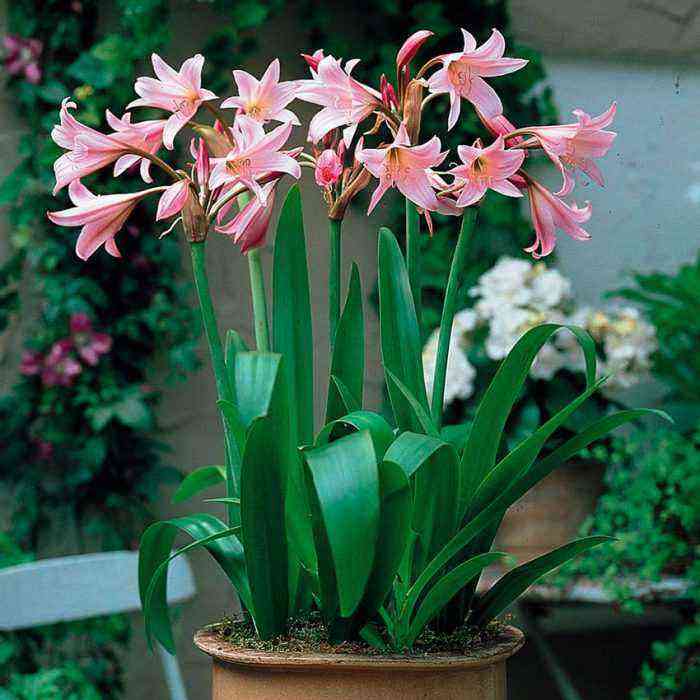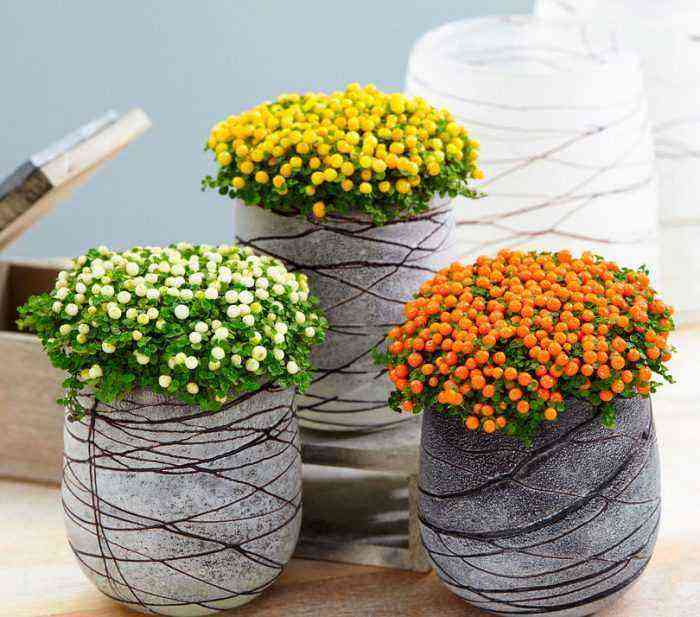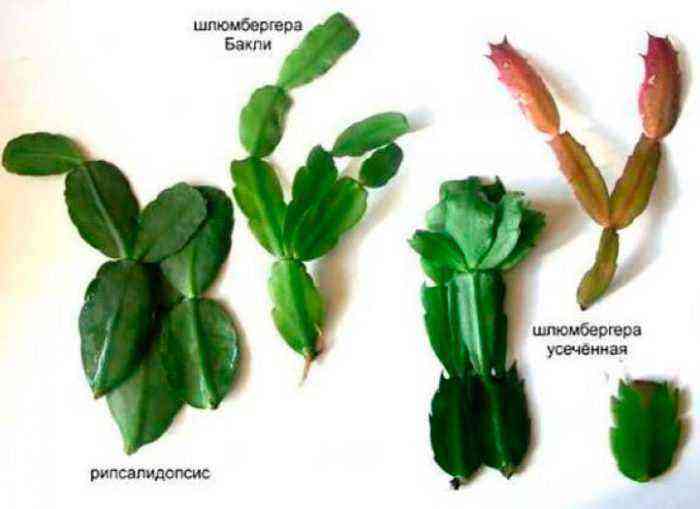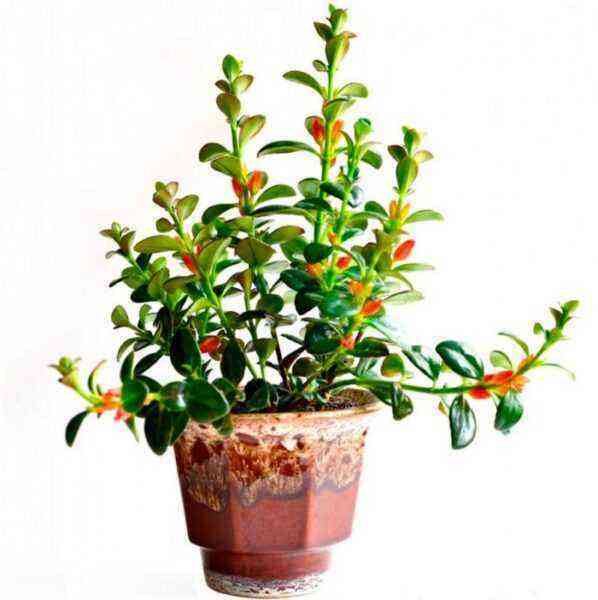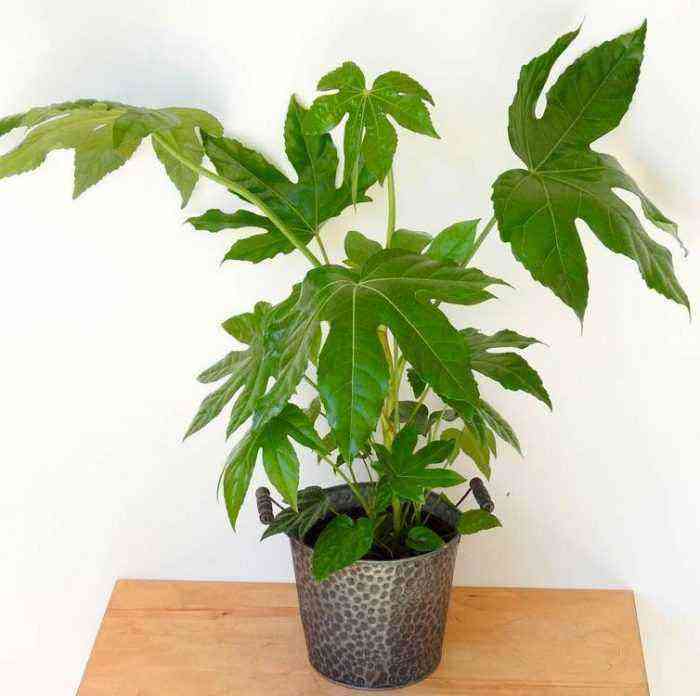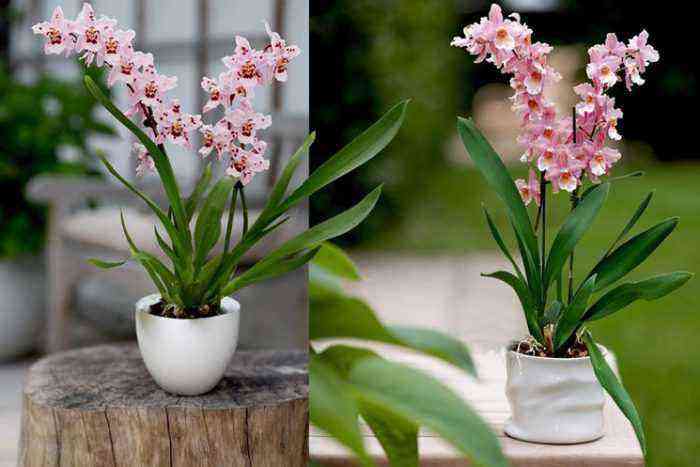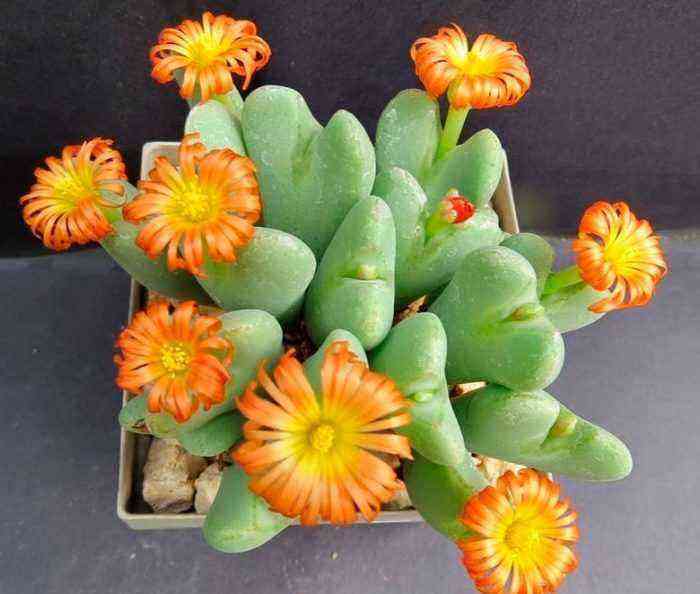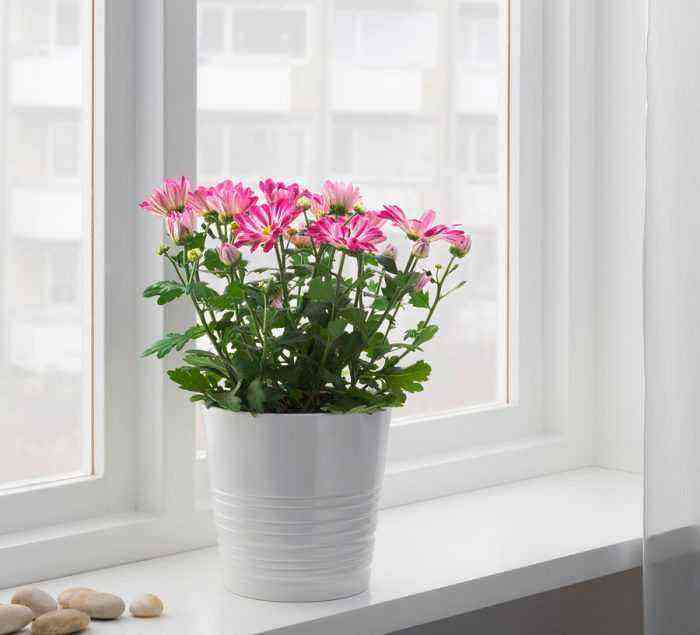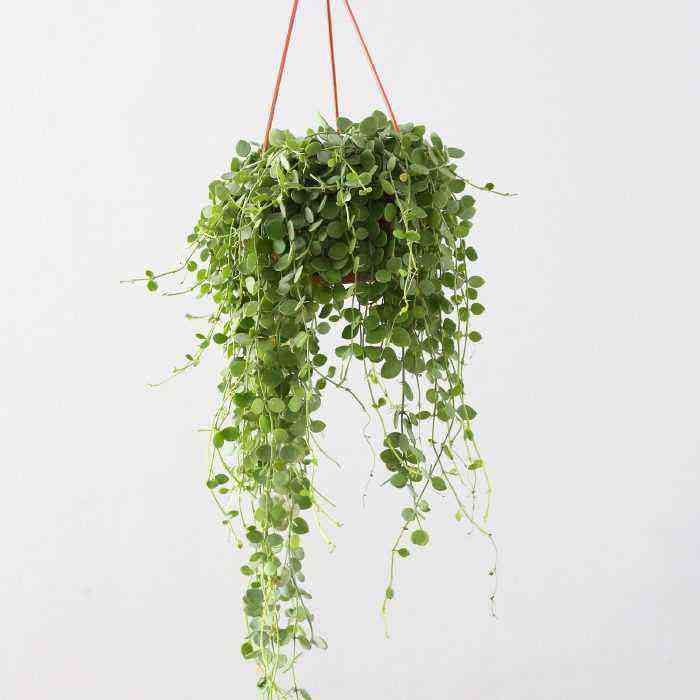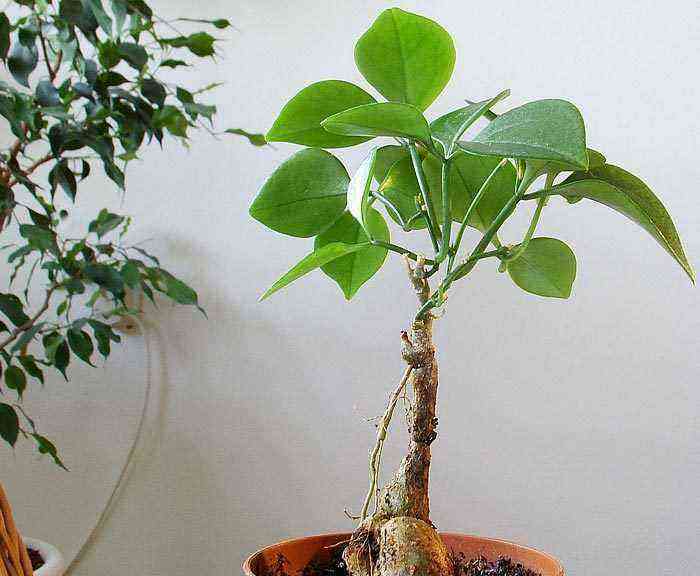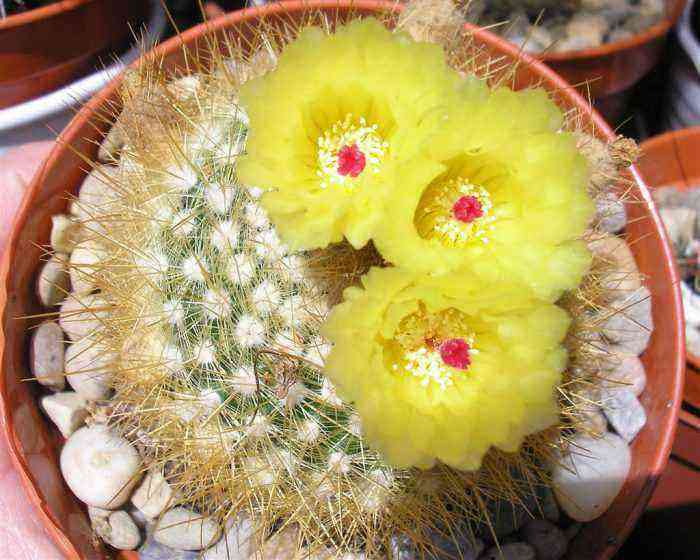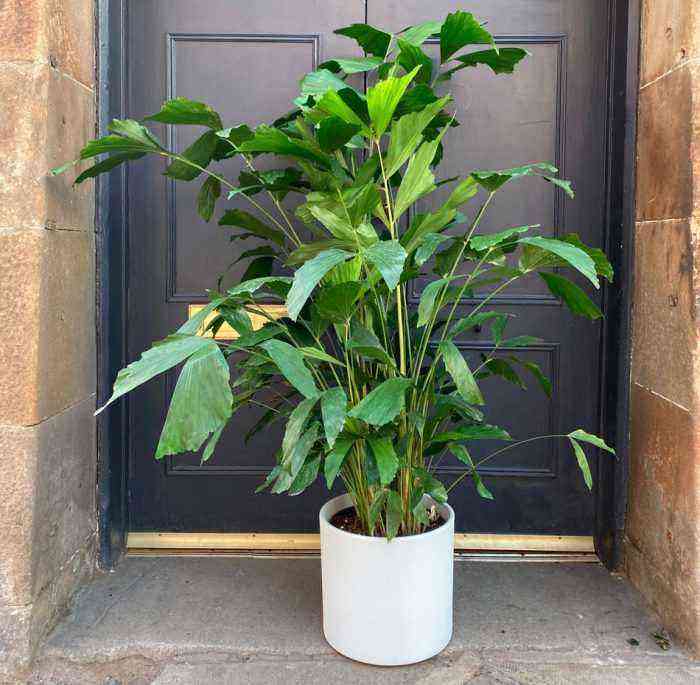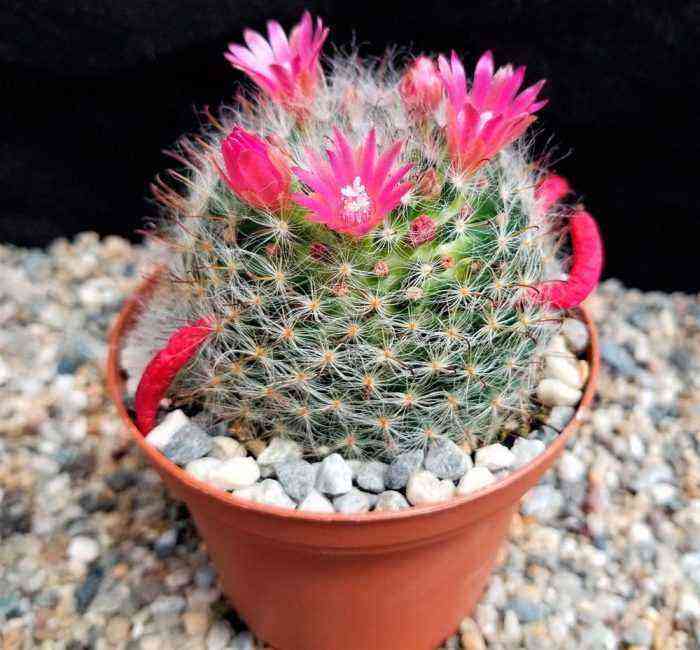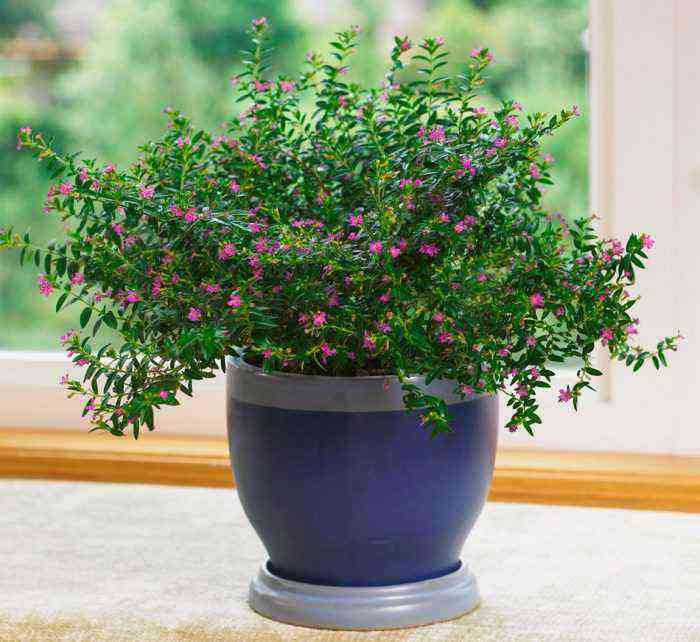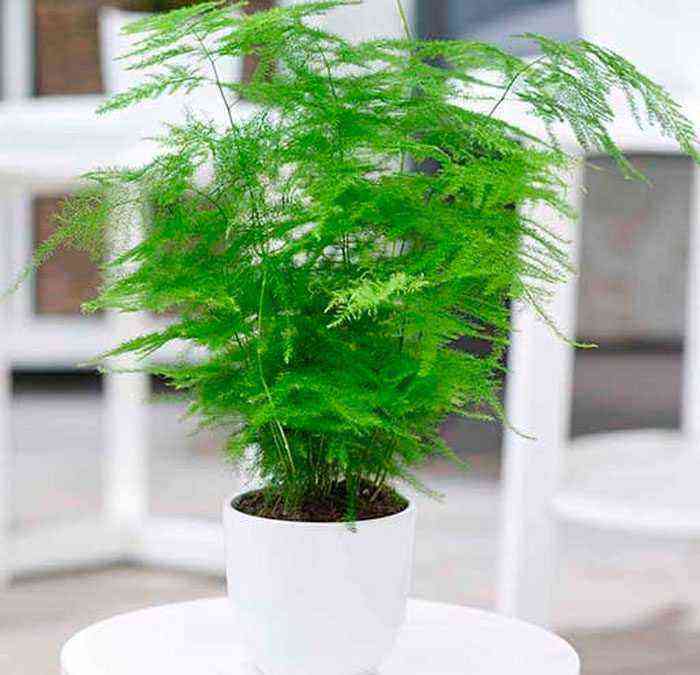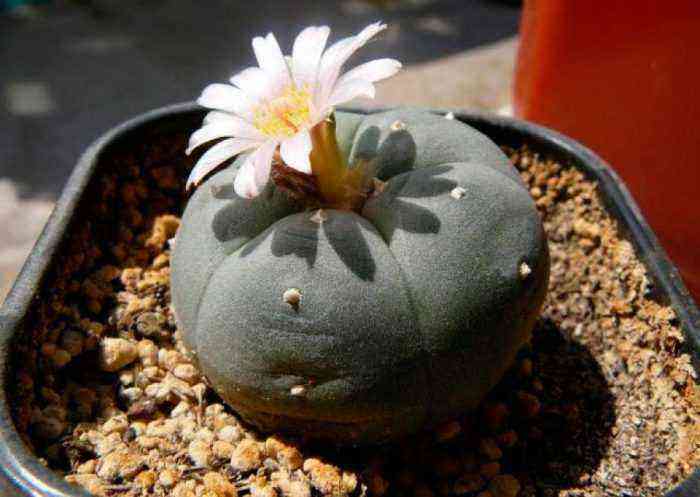Plant like snow brainia (Breynia nivosa) is directly related to the genus Breynia, which is part of the large Euphorbiaceae family. But according to information from some sources, this flower is related to the phyllantaceae family. Such a plant is also called Breynia disticha (JR Forst. And G. Forst) (accepted name) Breynia axillaris, Phyllanthus nivosus (Bull). So, in the indicated additional names of the plant, it can be noted that this flower is also called phyllanthus.
The point is that taxonomy is constantly evolving and improving. Thus, plants pass from family to family, from one genus to another. Plants in such families as Euphorbiaceae and Phyllanaceae have in common that they are directly related to the Malpighian order.
The genus Brainim was named after the German botanist John Breyne. In nature, such plants can be found on the islands of the Pacific Ocean, in Australia, as well as in tropical Asia. This wild-growing evergreen shrub can reach a height of about 150 centimeters.
The composition of the breinia snowy soil is not particularly important. However, it develops and grows best in nutritious and loose soil.
When grown at home, such a plant is a perennial and it is especially undemanding to care and maintenance conditions. It can also be grown outdoors, but as an annual. Also, in the warm season, such brainy can be transferred to fresh air, and with the onset of the autumn period, it can be brought back into the room.
This flower is popular with flower growers due to its variegated leaves. The color is rather unremarkable, while the flowering period can generally pass unnoticed by the grower. Small flowers are greenish in color, and before the end of flowering, they become yellowish.
Snow brainia care at home
Illumination
It grows normally in bright diffused light, but it feels quite well in partial shade. If the plant has enough light, then this can be understood by the color of the foliage. In this case, it is saturated and there is a large amount of whitish pigment. So, it is believed that brainium needs a small amount of direct sunlight. But this is not known for certain. So, according to the experience of one of the growers growing snow breinium, the direct rays of the sun falling on the foliage caused the appearance of a brown-brown border along the edge of the edge of the leaf plate. After that, yellowing and foliage was observed. However, this does not mean at all that any plant of this type will be able to react so negatively to the direct rays of the sun. So, they may not completely damage the plant in the fresh air (on the balcony, in the garden).
In winter, it is recommended to provide supplementary lighting to the plant, as it will help stimulate the growth of young leaves with a spectacular color. Otherwise, the leaves will grow green or they will contain a relatively small amount of whitish pigment.
Temperature conditions
In summer, it needs a temperature of 22 to 25 degrees, in winter – at least 16 degrees. Reacts extremely negatively to the heat.
Humidity
Due to the fact that such a plant comes from the tropics, it needs high humidity. If the humidity is low, it can lead to the shedding of all foliage.
How to water
During intensive growth it is necessary to water so that the soil is always slightly damp. Overdrying the earthen coma will lead to the death of the leaves.
In winter (especially during cold wintering) watering should be reduced. If breinia winters at 20-22 degrees, then the soil in the pot should be constantly moderately moistened.
Additional fertilizing
It is necessary to feed it 2 times a month with fertilizers for decorative deciduous plants.
Features of transplantation and reproduction
Reproduction is recommended in the summer with semi-lignified cuttings. Experts advise to separate the stalk with the heel. The stalk must be planted in the soil, and covered with a transparent glass on top. It will take root after about 2 weeks.
Pests and diseases
Quite resistant to disease. Whiteflies, spider mites and thrips can settle.

